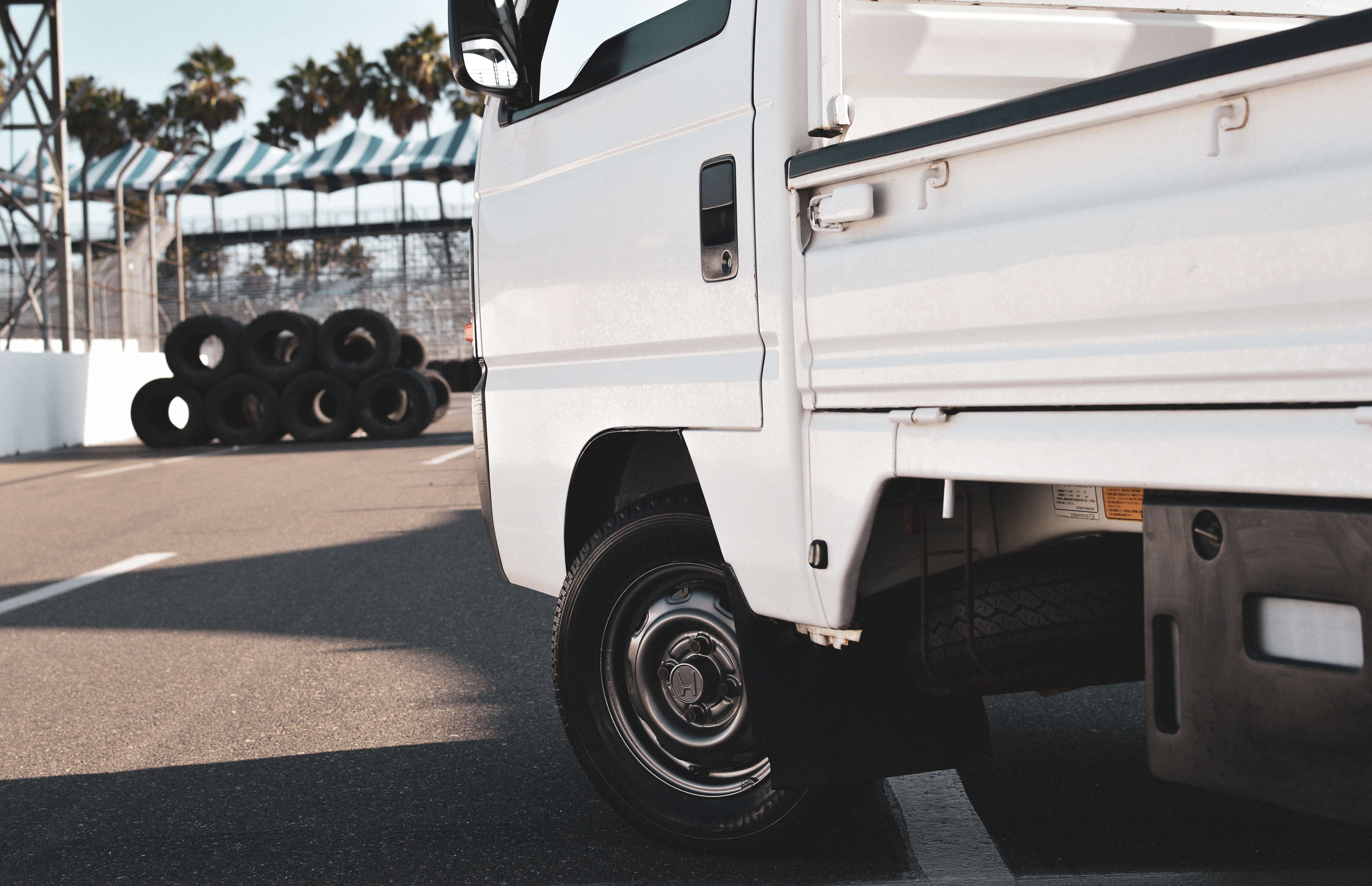In the bustling streets of post-war Japan
In the bustling streets of post-war Japan, where the country's rapid economic recovery was visible at every corner, a curious automotive marvel began to take shape. This was the era when Honda's kei trucks first emerged, a symbol of Japan’s ingenuity and adaptation. These compact vehicles, known for their utility and frugality, carved a niche in a nation that was rebuilding itself from the ashes of conflict.
Historical & Cultural Context
The kei truck, or 'kei-tora', as affectionately dubbed in Japan, finds its roots in the stringent regulations imposed by the Japanese government post-WWII. These regulations were designed to stimulate the production of small, efficient vehicles that could navigate the narrow roads of Japan's rural and urban landscapes. Honda, a company that had already made a name for itself with motorcycles, saw an opportunity to expand into this new, burgeoning market.
In the 1960s, as Japan's economy soared, the demand for kei trucks surged. They became indispensable tools for small businesses and farmers alike, offering an affordable and versatile means of transport. Honda's approach was both innovative and practical, crafting vehicles that were not only efficient but also reliable.
Technical & Engineering Analysis
Honda's kei trucks are engineered with precision, embodying the company's ethos of simplicity and functionality. The first models were equipped with air-cooled, two-cylinder engines that prioritized fuel efficiency over raw power. This was a strategic choice, as the kei classification limited engine size to 360cc, later increased to 660cc.
Over the decades, Honda's kei trucks evolved, incorporating advanced technologies and design improvements. The Acty, one of Honda's most popular kei trucks, exemplifies this evolution. Introduced in 1977, it featured a mid-engine layout, enhancing weight distribution and stability. Such innovations were crucial in maintaining the vehicle’s appeal in a competitive market.
Your Perfect Kei Truck Awaits in Japan Claim Your Free Import Consultation Today!
In terms of performance, these trucks are not designed for speed but excel in maneuverability and load-bearing capacity. The lightweight construction and compact size make them ideal for navigating tight spaces, while their robust suspension systems ensure durability on rugged terrains.
Interview & Insights
I had the opportunity to speak with Kenji Tanaka, a veteran engineer at Honda, who worked on the development of the Acty series. "Our goal was always to make the most out of the kei regulations," Tanaka explained. "We pushed the boundaries of what was possible within those constraints, focusing on innovation in design and engineering."
Tanaka's insights highlight the relentless pursuit of excellence that defines Honda's approach to the kei truck market. "Every model we developed was a response to the needs of our customers," he noted. "From farmers to urban delivery drivers, we listened and adapted."
Conclusion
The legacy of Honda's kei trucks is a testament to the brand’s ability to innovate within constraints. These vehicles have become a cultural icon in Japan, representing not just practicality, but also a spirit of resilience and adaptability. As we look to the future, the kei truck continues to evolve, incorporating modern technologies like electric drivetrains and smart connectivity, ensuring that this humble vehicle remains relevant in the ever-changing automotive landscape.
For enthusiasts and historians alike who shop OEM Honda Acty Parts , the story of the Honda kei truck is a fascinating chapter in automotive history, illustrating how necessity can drive innovation to new heights. As the world moves towards more sustainable transport solutions, the kei truck may well hold the key to balancing efficiency with functionality.
Explore more about the latest advancements in kei truck technology and how they are shaping the future of urban mobility.
Upgrade Your Kei Performance with Oiwa Garage Unbeatable Service Shop Now!

